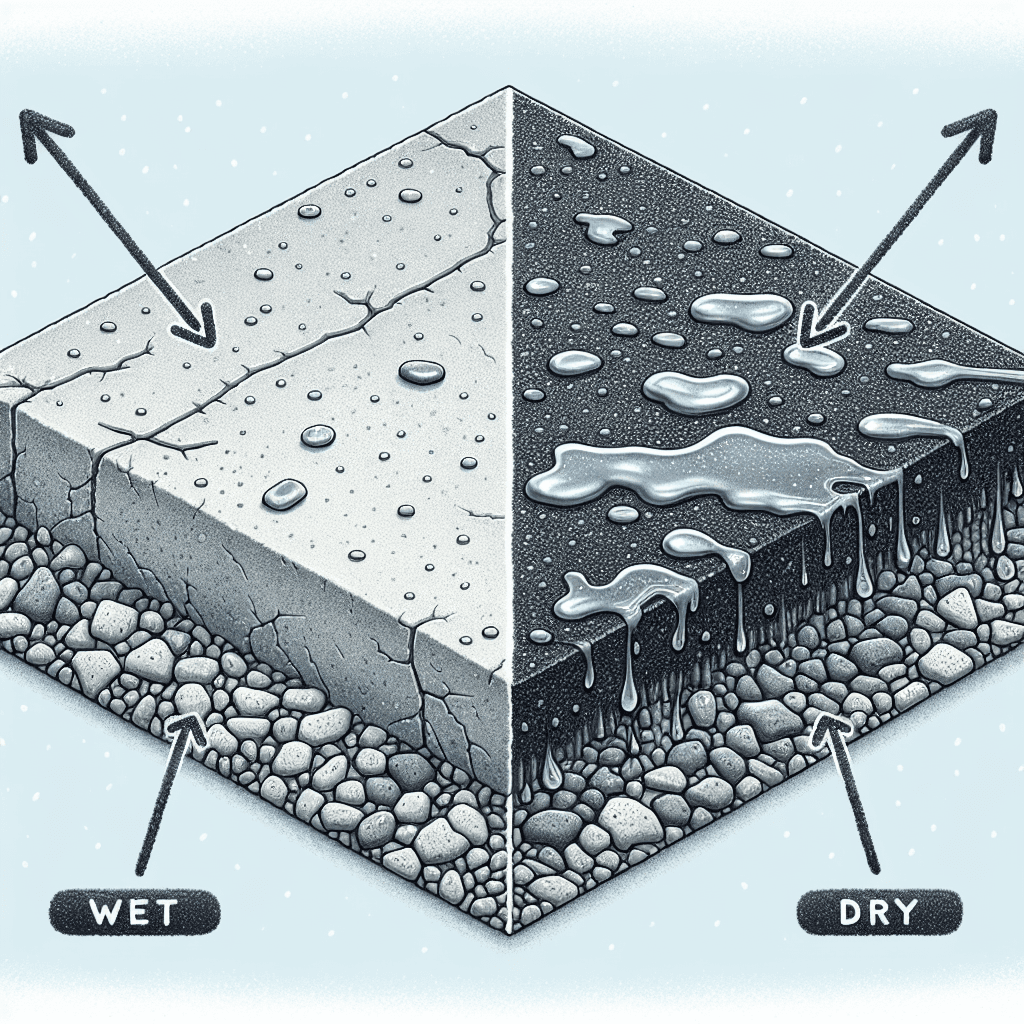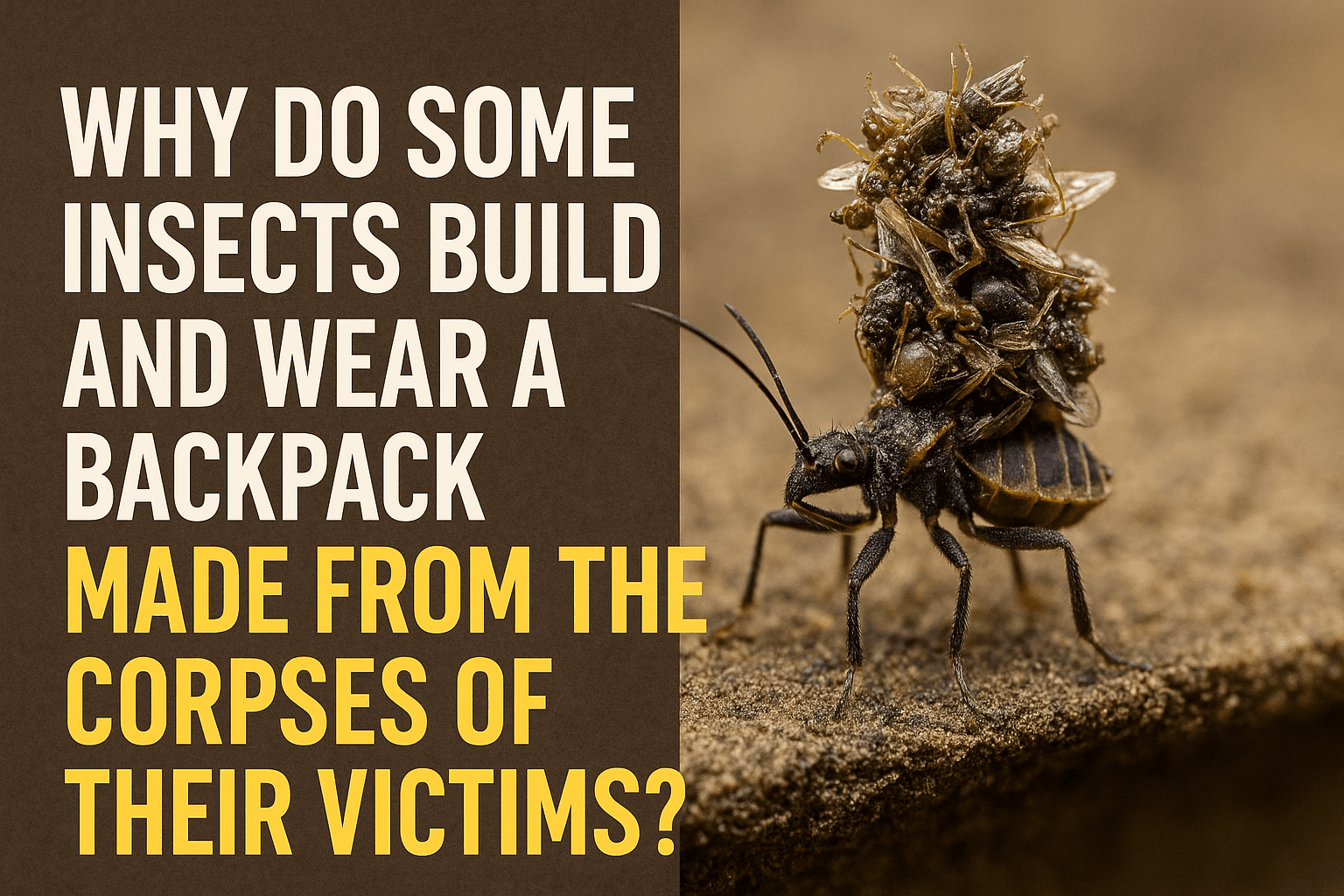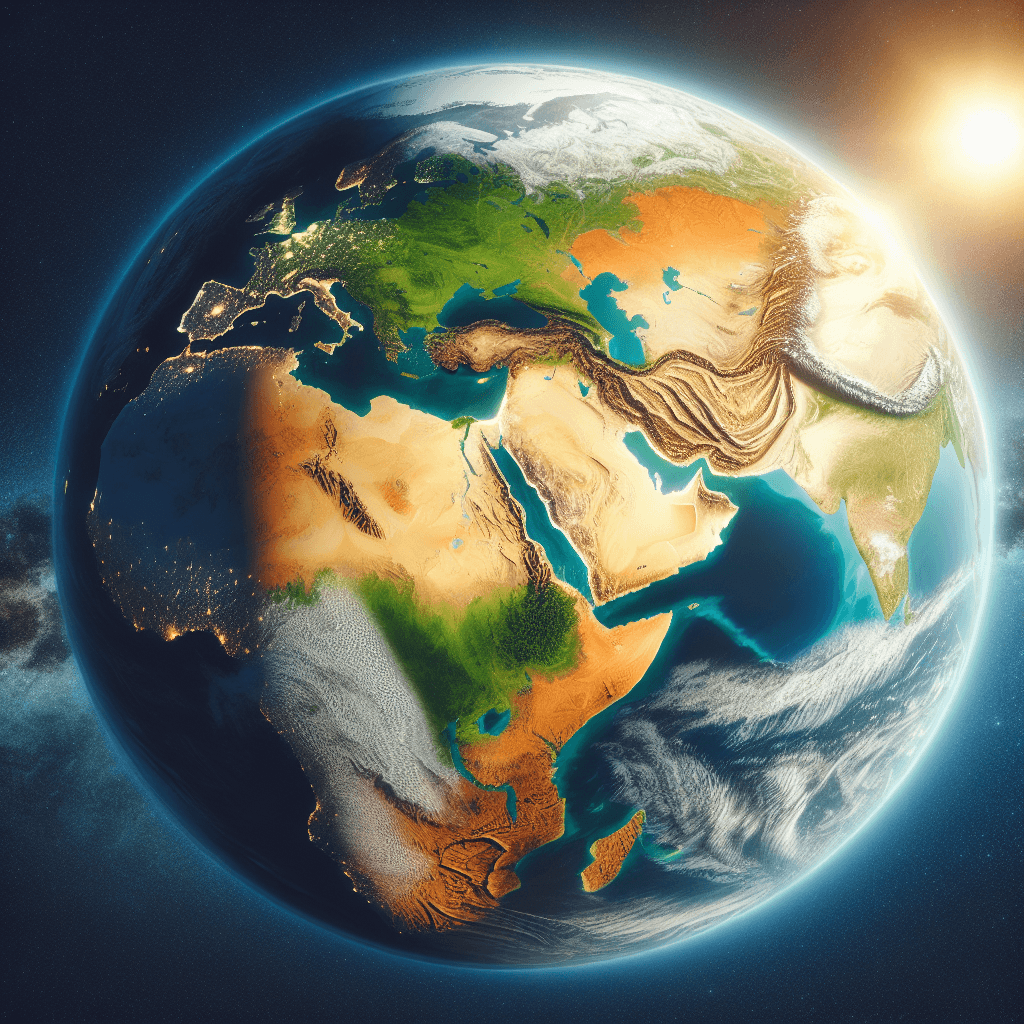Why does a wet surface always appear darker than when it is dry
Ever wondered why a wet street looks dramatically darker than a dry one, even though water is perfectly clear? The answer is a fascinating trick of light that fools our eyes every single day.


Too Long; Didn't Read
A dry surface is rough and scatters lots of light, making it look bright. Water smooths the surface, causing more light to be absorbed and trapped instead of reflecting to your eye, which makes it appear darker.
The Light Trap: Why Does a Wet Surface Always Appear Darker Than When It Is Dry?
Have you ever watched the first drops of rain fall on a dry, light-grey pavement, instantly creating dark, spreading spots? Or perhaps you’ve spilled a little water on a khaki shirt, only to see it turn a conspicuous dark brown. This everyday phenomenon is so common we rarely stop to question it. The water is transparent, and the surface material hasn't changed its color, so why the dramatic shift in appearance? The answer isn't a chemical reaction, but a fascinating trick of light and physics. This post will illuminate the science behind why adding clear water to a surface makes it appear significantly darker.
The Journey of Light: A Tale of Two Surfaces
To understand why a wet surface looks darker, we first need to understand how we see a dry one. The color and brightness of any object we see depend entirely on how light interacts with its surface. It's a story of reflection, scattering, and absorption.
The Dry Surface: A Field of Mirrors
Most surfaces that aren't polished, like fabric, paper, sand, or concrete, are incredibly rough on a microscopic level. They are a chaotic landscape of tiny peaks and valleys.
When light rays from the sun or a lamp strike this dry, uneven surface, they scatter in countless different directions. This is called diffuse reflection. Imagine throwing a thousand super-bouncy balls onto a rocky field; they would fly off in every direction. Because the light is scattered so widely, a significant portion of it bounces directly back toward your eyes from all parts of the surface. This abundance of reflected light is what makes the dry surface appear bright and light-colored.
The Wet Surface: Creating a Light Trap
When you add water, you fundamentally change how the surface handles light. A thin layer of water fills in all the microscopic nooks and crannies, creating a relatively smooth, transparent film over the rough material. This is where the magic happens.
Instead of scattering wildly, the light now encounters a more complex, multi-step process:
- Less Surface Scattering: When light first hits the smooth water layer, some of it reflects away uniformly, like off a mirror (this is why you see a glare on wet roads). However, much of the light passes right through the water.
- Refraction and Internal Reflection: As the light enters the water, it slows down and bends—a process called refraction. This bent light then hits the actual material surface underneath. It reflects off the material, but here's the crucial part: it often tries to escape back out into the air at an angle that causes it to be reflected back down by the underside of the water's surface.
- Increased Absorption: This light is now effectively trapped, bouncing back and forth between the material and the underside of the water layer. With each "bounce" against the material, the material has another opportunity to absorb the light's energy. The more light that is absorbed, the less light is left to escape back to your eye.
Because more light is trapped and absorbed, and less light is reflected back to the viewer, our brain interprets the surface as being darker. The water hasn't dyed the material; it has simply created an environment where the material is much more efficient at absorbing light.
Conclusion: The Physics of a Puddle
In summary, the reason a wet surface appears darker is not due to a change in its pigment but due to a change in its structure. A dry, rough surface scatters light generously, sending plenty of it back to your eyes for a bright appearance. When water is added, it creates a smooth film that traps light through refraction and internal reflection. This "light trap" forces the light to bounce multiple times against the material, drastically increasing the amount of light that gets absorbed. With less light escaping to reach your eyes, the surface simply looks darker. So, the next time you see a dark patch of rain on the sidewalk, you'll know you're not just looking at wet pavement—you're witnessing a beautiful, real-time demonstration of the principles of optics.
More Articles

What creates the warm crackle sound unique to vinyl records?
That iconic warm crackle is more than just dust and nostalgia—it's the sound of a microscopic story of friction and physics being told in real-time.

Why do some insects build and wear a backpack made from the corpses of their victims?
For some of nature's tiniest predators, the best defense is a grisly offense—building a protective shield from the corpses of their vanquished prey.

Why are Earth's deserts not random, but aligned in two distinct belts?
It’s not a coincidence that the world's great deserts are aligned in two perfect bands; they are the direct creation of massive, invisible rivers of air that perpetually circle the globe.